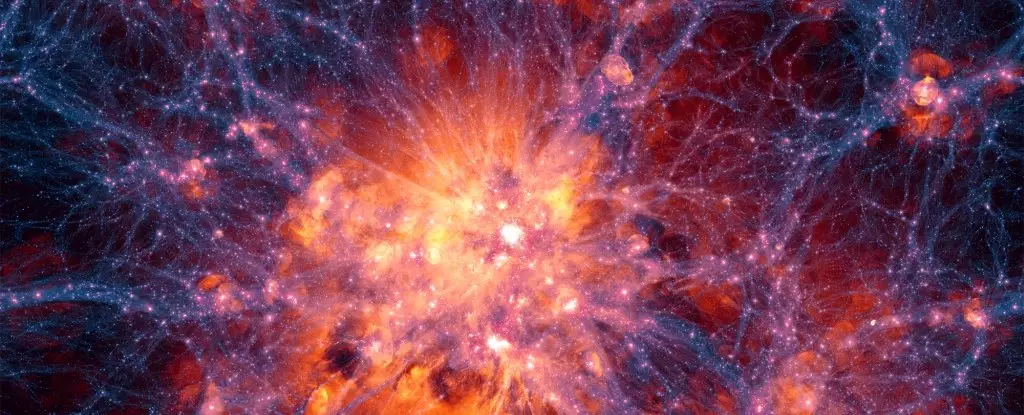Dark matter is one of the most enigmatic components of our universe, constituting about 27% of its total energy density. Despite this significant presence, scientists have yet to identify what it is. The prevalent theories suggest it does not emit light or interact with baryonic matter via electromagnetic forces, making it practically invisible and detectable only through its gravitational effects. The mystery deepens when considering gravitational phenomena, from the unexpected rotational speeds of galaxies to the way light bends in the proximity of massive cosmic objects. It’s clear that the universe is governed by forces we cannot fully see or comprehend.
Responding to this mystery, researchers at the University of Southampton are pioneering a novel approach to detect dark matter by using microgravity. Led by physicist Tim Fuchs, this project involves the innovative technique of levitating sheets of graphite. The experiment will take place in space, aboard the Jovian-1 satellite, which is slated for launch in early 2026. The choice of microgravity is critical; in such an environment, even tiny forces that dark matter might exert can be measured with unprecedented precision. The concept centers on the hypothesis that dark matter may interact weakly with other forms of matter through gravitational or other unspecified forces. By searching for the indirect evidence of these interactions, scientists hope to unveil the characteristics of dark matter.
Microgravity environments provide an unparalleled opportunity to examine phenomena without the confounding effects of Earth’s gravity. In this unique setting, the researchers will suspend sheets of graphite between arrays of magnets. This configuration is incredibly sensitive to subtle disturbances, making it an ideal system to measure elusive dark matter interactions. According to Fuchs, any presence of dark matter would create a subtle “dark wind” that could push the levitated graphite, resulting in measurable motions. This experiment aims to be a pioneering endeavor in the ongoing search for dark matter, as it aims to capture potential signals that other Earth-bound experiments have missed.
Given the previously established failure of ground-based experiments to detect dark matter, researchers are exploring the possibility that dark matter interactions may be attenuated or shielded by the Earth’s atmosphere or the solid mass beneath it. Fuchs suggests that perhaps the reason for the lack of conclusive signals could stem from the characteristics of dark matter itself. As this innovative project sets its sights on the cosmos, it challenges existing paradigms and could reshape our understanding of the universe. If successful, it might confirm or refute claims about dark matter’s properties and interactions, potentially providing new avenues for scientific inquiry.
The Jovian-1 mission also highlights the collaborative spirit embedded in space exploration and scientific research. Involving students from the University of Southampton, University of Portsmouth, and Surrey University, the project serves not only as a cutting-edge scientific initiative but also as an educational platform. Students participate in designing experiments and contributing to an international scientific dialogue. This mix of academic involvement ensures that the next generation of scientists is engaged in critical thinking and experimental design, essential for the future of astrophysics and cosmology.
While the scientific community awaits the launch and subsequent results of the Jovian-1 mission, the anticipation grows. The data collected during the space experiment could yield significant insights into dark matter, or at the very least impact our understanding of cosmic structure. Regardless of the outcome, this groundbreaking study reflects humanity’s enduring quest for knowledge amid the vast unknowns of the universe. As researchers push the boundaries of what is scientifically possible, they represent our collective drive to unravel the mysteries that have historically eluded us, paving the way for future explorations and discoveries in the field of cosmology.


Leave a Reply